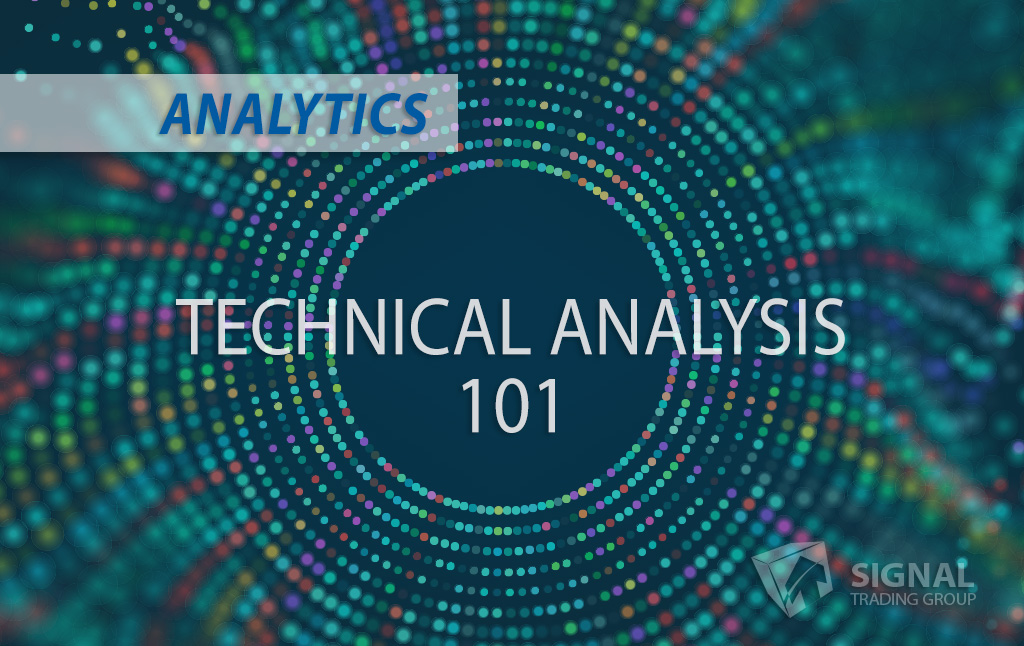The Technical Analysis 101 blog series is your guide to understanding trading concepts, price patterns, and technical indicators. Every post will focus on a specific topic to expand your knowledge and elevate your trading game.
Understanding Bollinger Bands
Bollinger Bands are a powerful technical analysis tool developed by John Bollinger in the 1980s. Traders widely employ them to gauge market volatility, identify potential overbought or oversold conditions, and establish possible trade entry and exit points. In this blog post, we will dive deep into the world of Bollinger Bands, their calculation, and their many applications in the financial markets.
The Basics of Bollinger Bands
Designed to track price movements, Bollinger Bands consist of three lines: the upper band, the lower band, and the 20-day simple moving average (SMA). The middle line—the 20-day SMA—serves as a baseline. The upper and lower bands are plotted at two standard deviations above and below the SMA.
Calculating Bollinger Bands
- Calculate the 20-day SMA of the closing prices.
- Compute the standard deviation of the closing prices over the same period.
- Calculate the upper and lower bands by adding and subtracting twice the standard deviation from the 20-day SMA.
Since the bands are based on standard deviation, they self-adjust according to market volatility. In other words, they widen during volatile market conditions and contract during more quiet periods.
Interpretation: Overbought & Oversold
When prices touch the upper band, they are considered overbought, indicating that the market may be overvalued and poised for a potential price reversal. Conversely, when prices touch the lower band, they are deemed oversold, suggesting that the market may be undervalued and ripe for upward price movement.
It’s essential to note that reaching the upper or lower band is not a trading signal. Instead, the bands should be used with other technical indicators and chart patterns to confirm potential trading opportunities.
Bollinger Bands as Price Targets
The most straightforward application of Bollinger Bands is using the upper and lower bands as price targets. When prices bounce off the lower band and cross above the 20-day SMA, the upper band turns into the upper price target. On the other hand, a crossing below the 20-day SMA designates the lower band as the downside target.
Identifying Trend Reversals
Prices typically fluctuate between the upper band and the 20-day SMA in a strong uptrend. If prices cross below the 20-day SMA in this scenario, it might signify a downward trend reversal. Likewise, a crossing above the 20-day SMA in a strong downtrend could signal a potential reversal to the upside.
Conclusion
Bollinger Bands are a versatile and widely adopted tool in technical analysis. By providing insights into market volatility, identifying overbought and oversold conditions, and helping to determine price targets and trend reversals, they can be a valuable addition to any trader’s toolbox. As with any technical indicator, Bollinger Bands should be used with other technical analysis techniques to confirm potential trading opportunities.




